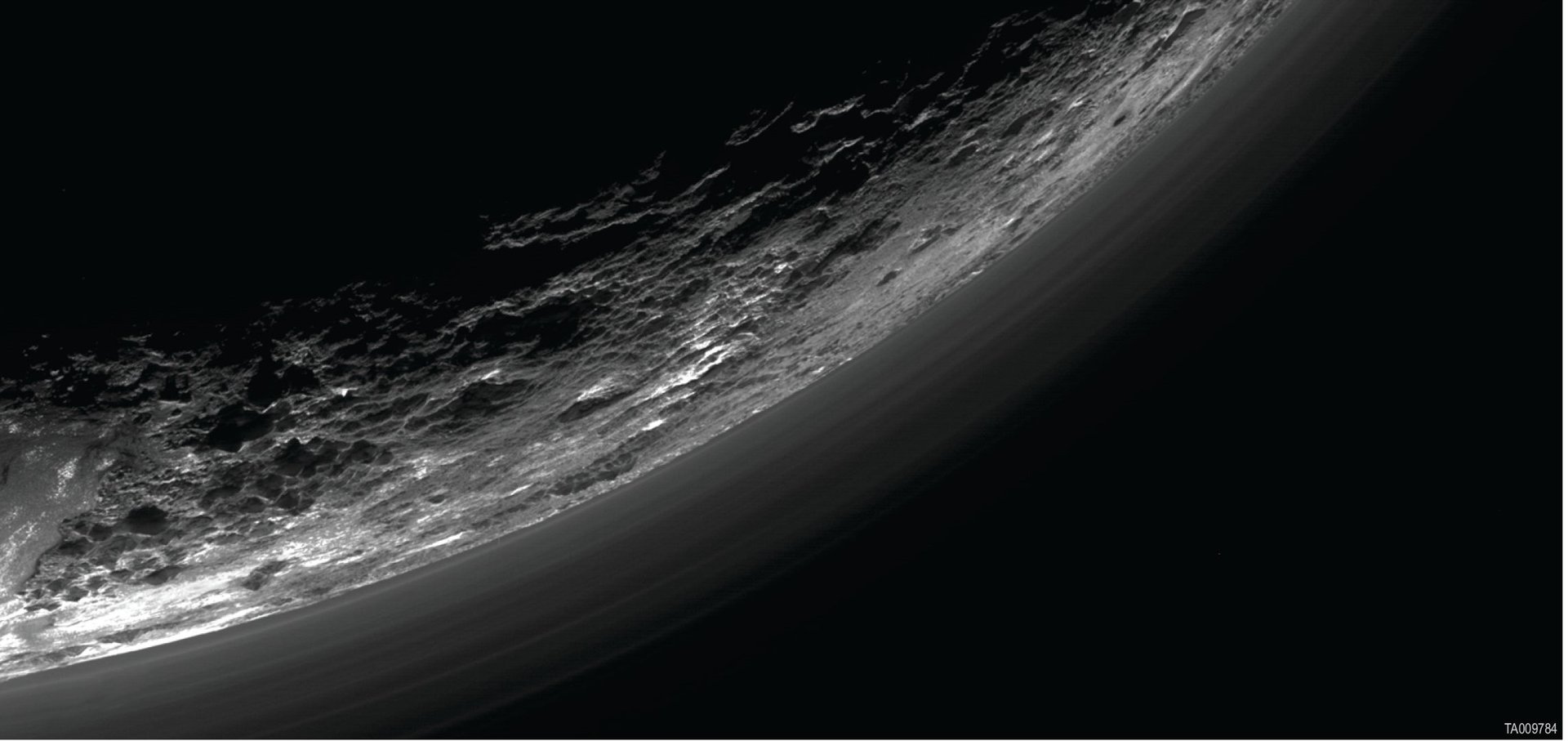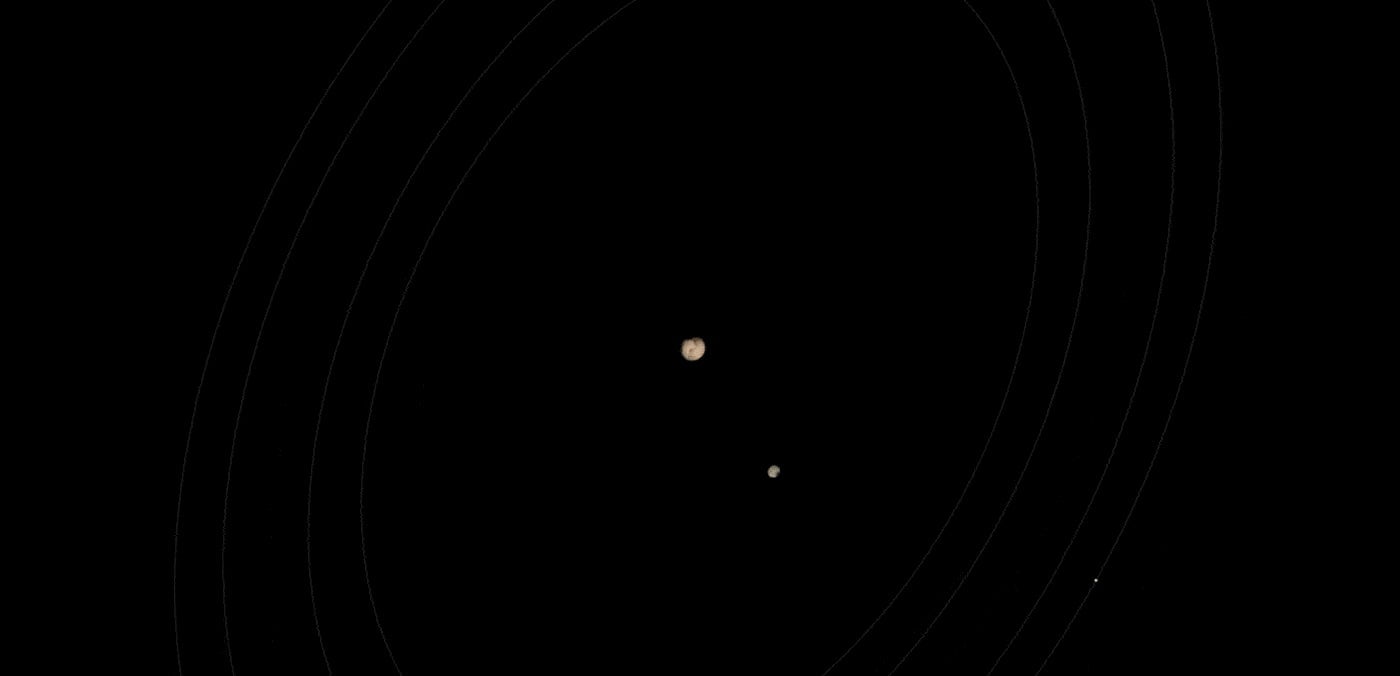The dramatic way our view of Pluto has changed over the past 87 years
Our complicated relationship with Pluto began in 1930, and has seen many twists and turns since then. On the 87th anniversary of the day when Pluto’s discovery was first revealed to the world (March 13, 1930), Quartz has compiled a series of images tracing how our view of this magnificent dwarf planet has changed over time.
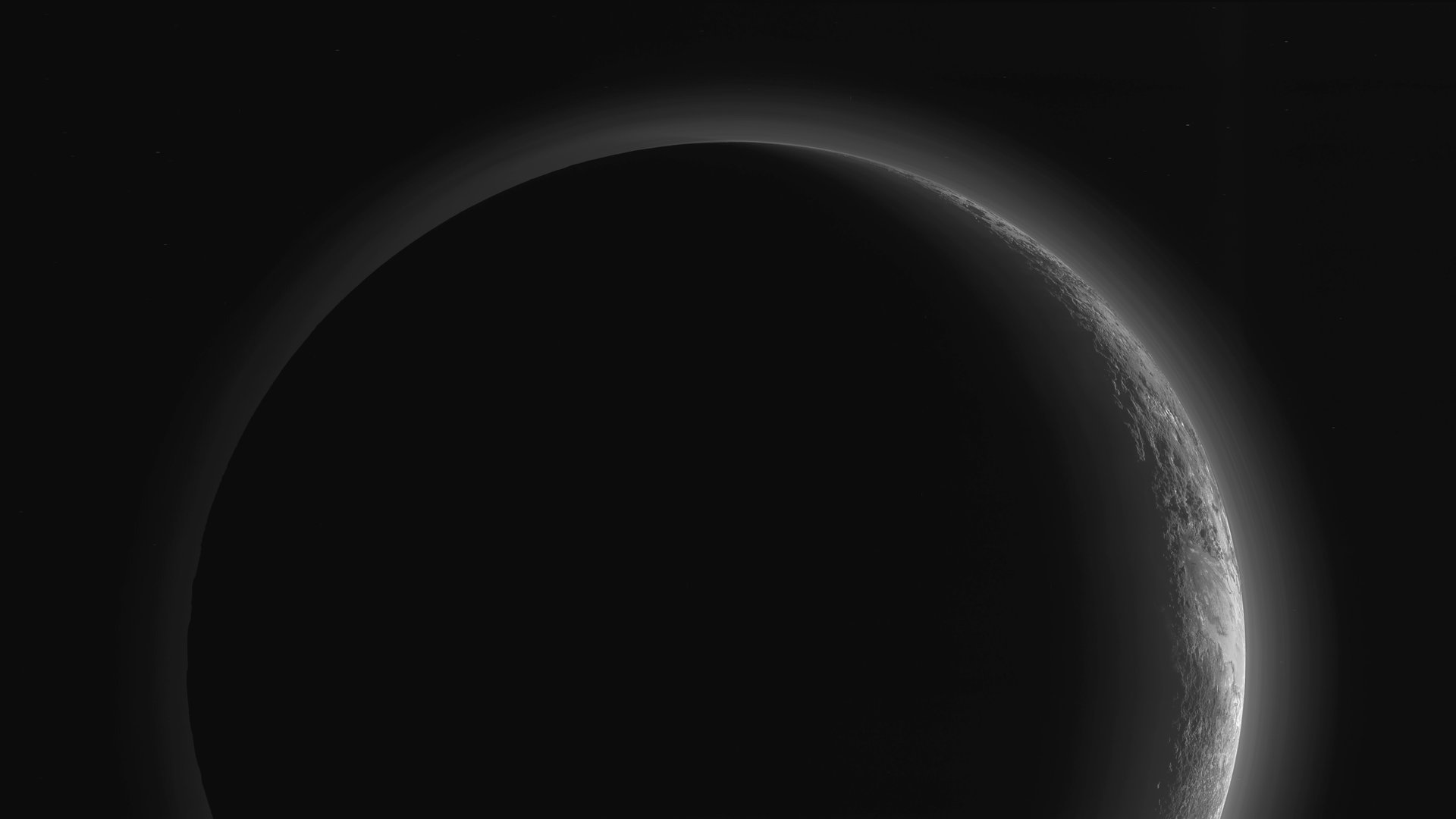

Our complicated relationship with Pluto began in 1930, and has seen many twists and turns since then. On the 87th anniversary of the day when Pluto’s discovery was first revealed to the world (March 13, 1930), Quartz has compiled a series of images tracing how our view of this magnificent dwarf planet has changed over time.
Early 1930
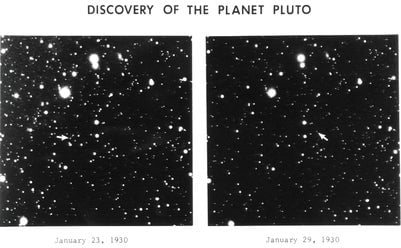
February 1994

March 1996
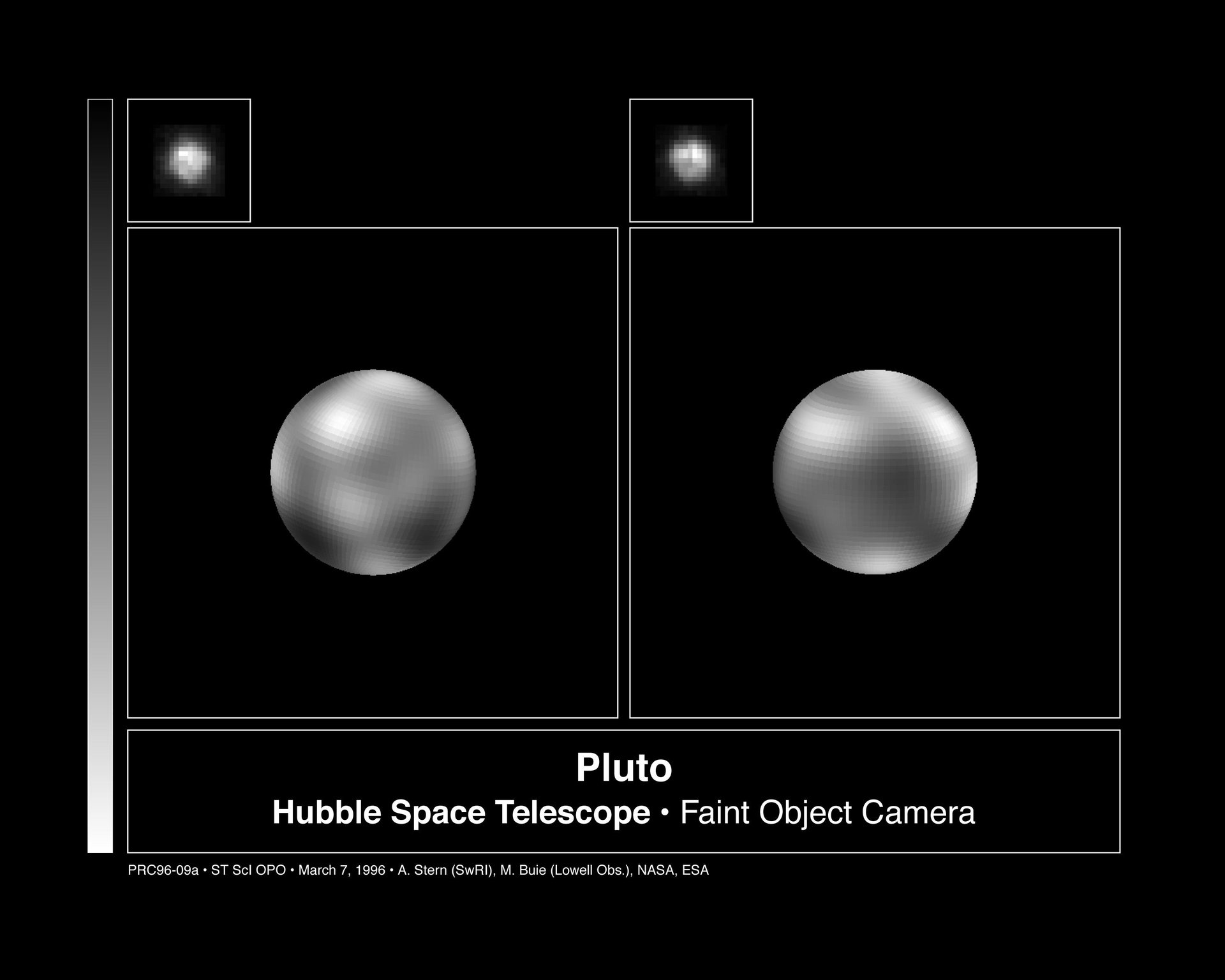
2002 and 2003

February 2006
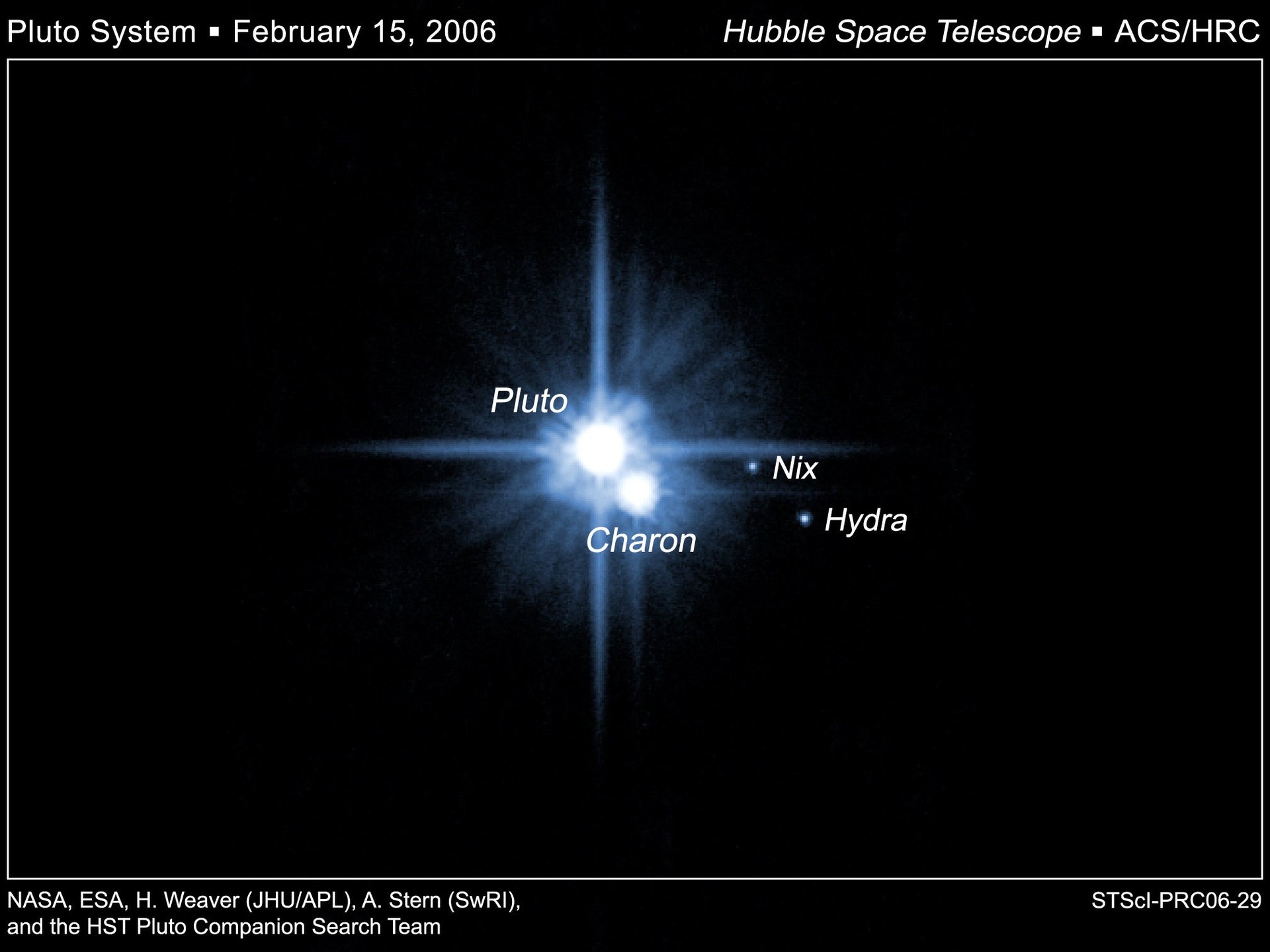
June 2015
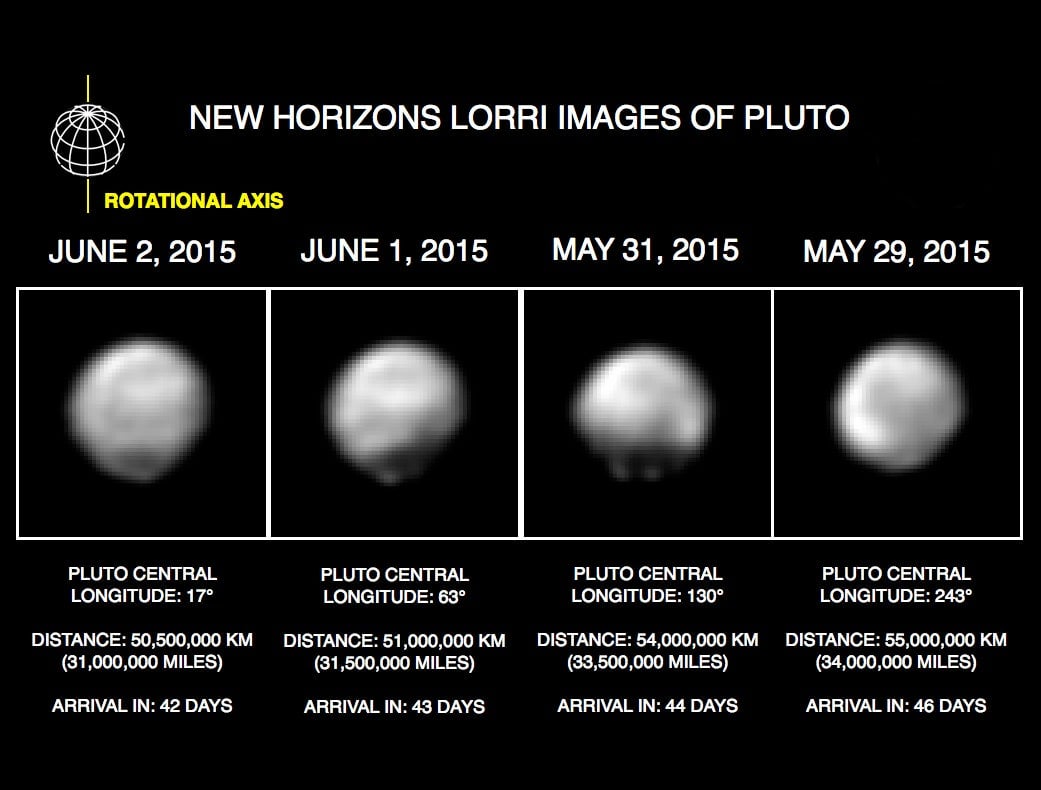
July 2015
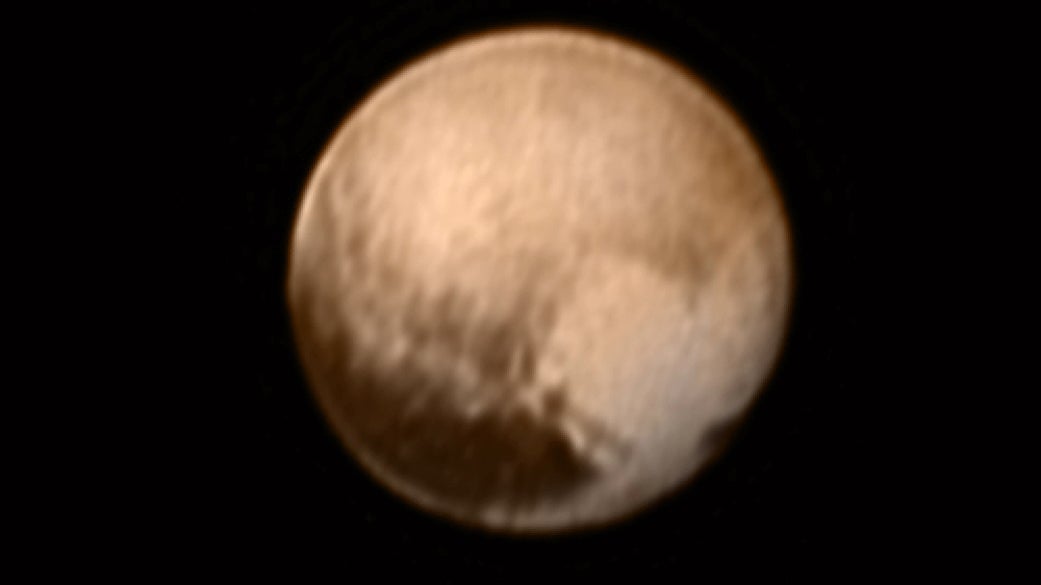
October 2015
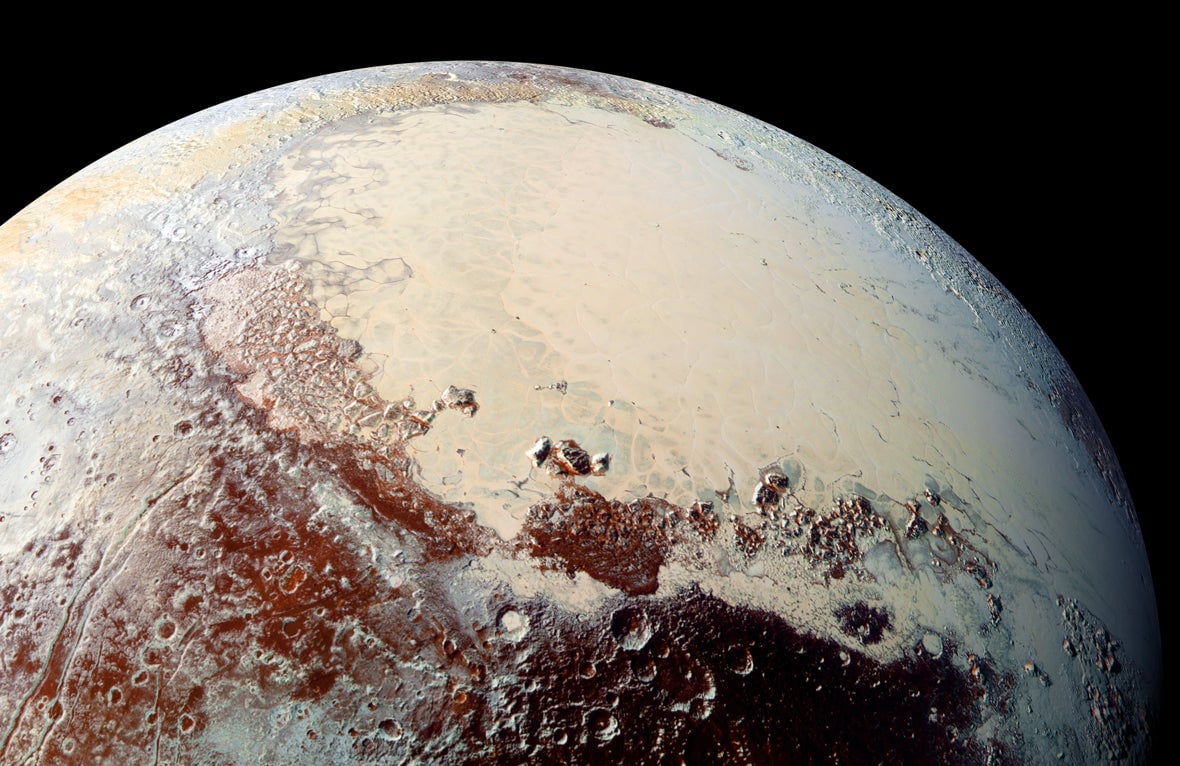
March 2016
